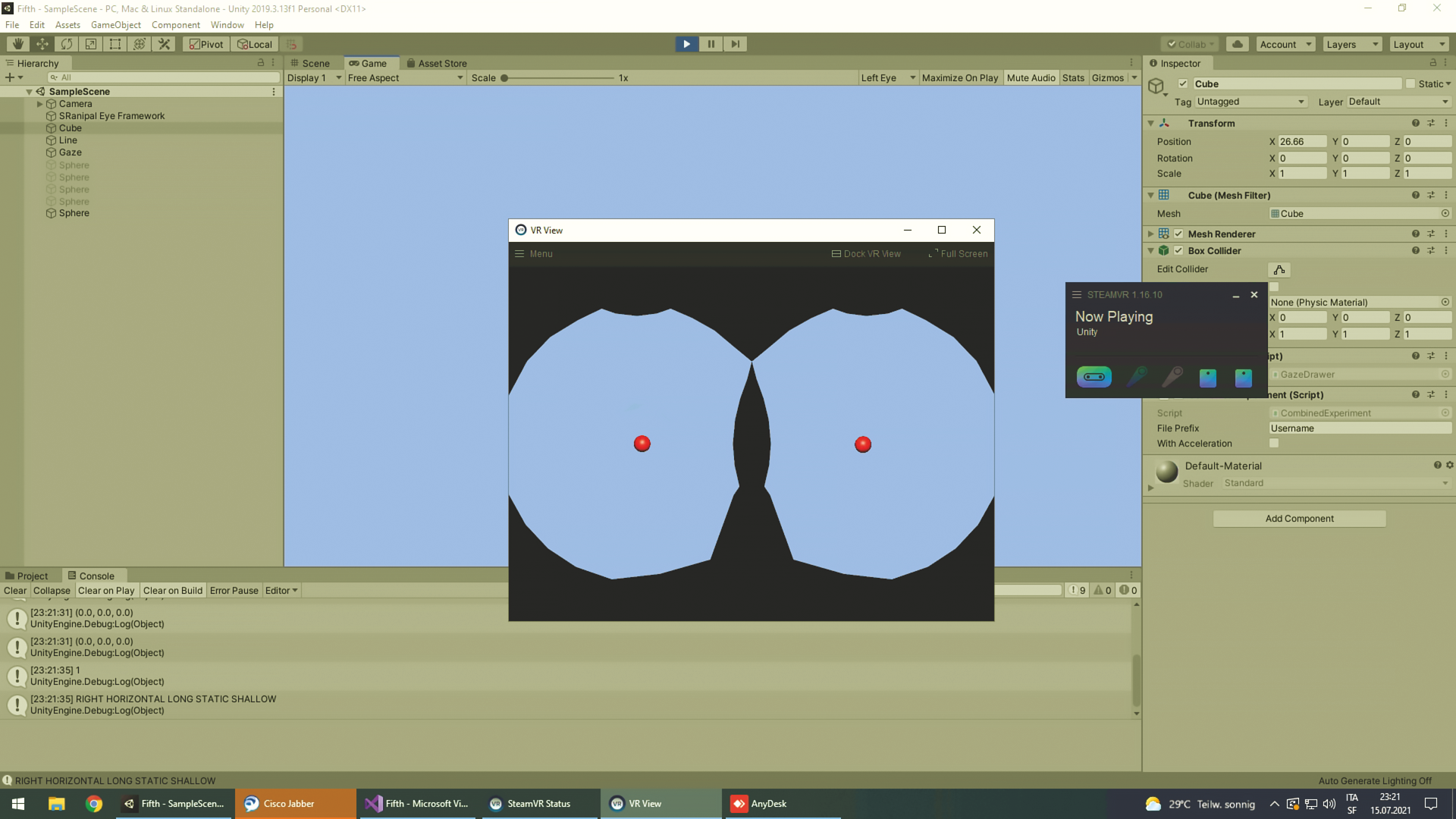Eye-tracking technology is an integral component of new display devices such as virtual and augmented reality headsets. Applications of gaze information range from new interaction techniques exploiting eye patterns to gaze-contingent digital content creation. However, system latency is still a significant issue in many of these applications because it breaks the synchronization between the current and measured gaze positions. Consequently, it may lead to unwanted visual artifacts and degradation of user experience. In this work, we focus on foveated rendering applications where the quality of an image is reduced towards the periphery for computational savings. In foveated rendering, the presence of latency leads to delayed updates to the rendered frame, making the quality degradation visible to the user. To address this issue and to combat system latency, recent work proposes to use saccade landing position prediction to extrapolate the gaze information from delayed eye-tracking samples. While the benefits of such a strategy have already been demonstrated, the solutions range from simple and efficient ones, which make several assumptions about the saccadic eye movements, to more complex and costly ones, which use machine learning techniques. Yet, it is unclear to what extent the prediction can benefit from accounting for additional factors. \revcorr{This paper presents a series of experiments investigating the importance of different factors for saccades prediction in common virtual and augmented reality applications. In particular, we investigate the effects of saccade orientation in 3D space and smooth pursuit eye-motion (SPEM) and how their influence compares to the variability across users. We also present a simple yet efficient correction method that adapts the existing saccade prediction methods to handle these factors without performing extensive data collection.
翻译:视觉跟踪技术是虚拟和增加现实信头等新显示装置的一个组成部分。视觉信息的应用从利用眼睛模式的新的互动技术到视视网膜数字内容创建等,从利用视网膜图案到利用视网膜数字内容创建的新型互动技术,这些应用中,系统延迟仍然是许多应用中的一个重要问题,因为它打破了当前和测量的视网膜位置之间的同步。因此,它可能导致不必要的视觉文物,并降低用户的经验。在这项工作中,我们侧重于将图像质量降低到计算节约的边缘的应用程序。在变形成形时,存在延缓导致对设定框架的更新延迟,使用户能够看到质量的波动。然而,为了解决这一问题和打击系统延缓,最近的工作提议使用星座着陆定位预测来从延迟的眼跟踪样本中推断视觉信息。虽然这种战略的好处已经显现出来,但解决办法从简单而有效的方法可以使一个图像质量降低到更复杂和昂贵的视觉变化,从而使用机器学习技术。然而,我们不清楚的是,在进行这种预测的过程中,如何扩大对现实的预测影响,从现有的空间数据序列分析中,如何利用现有的预测,从而获得不同的计算方法。






